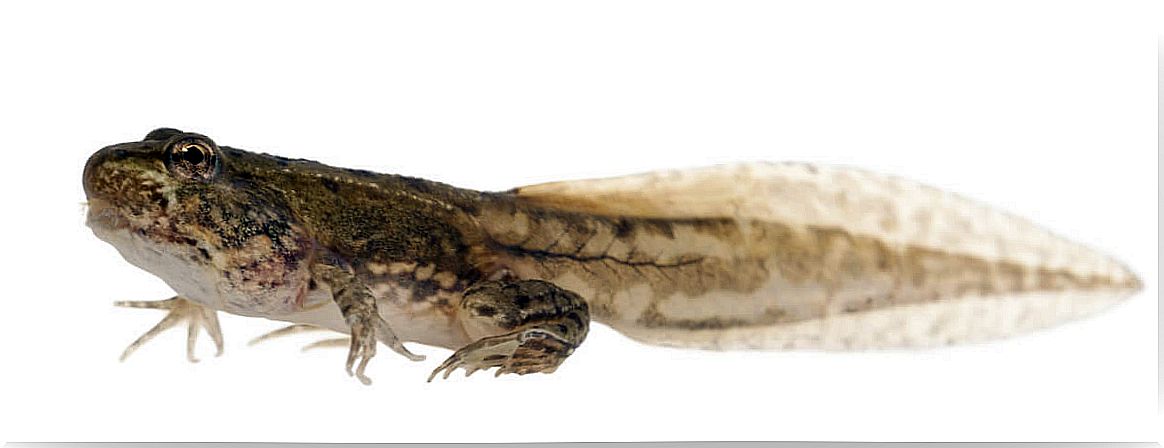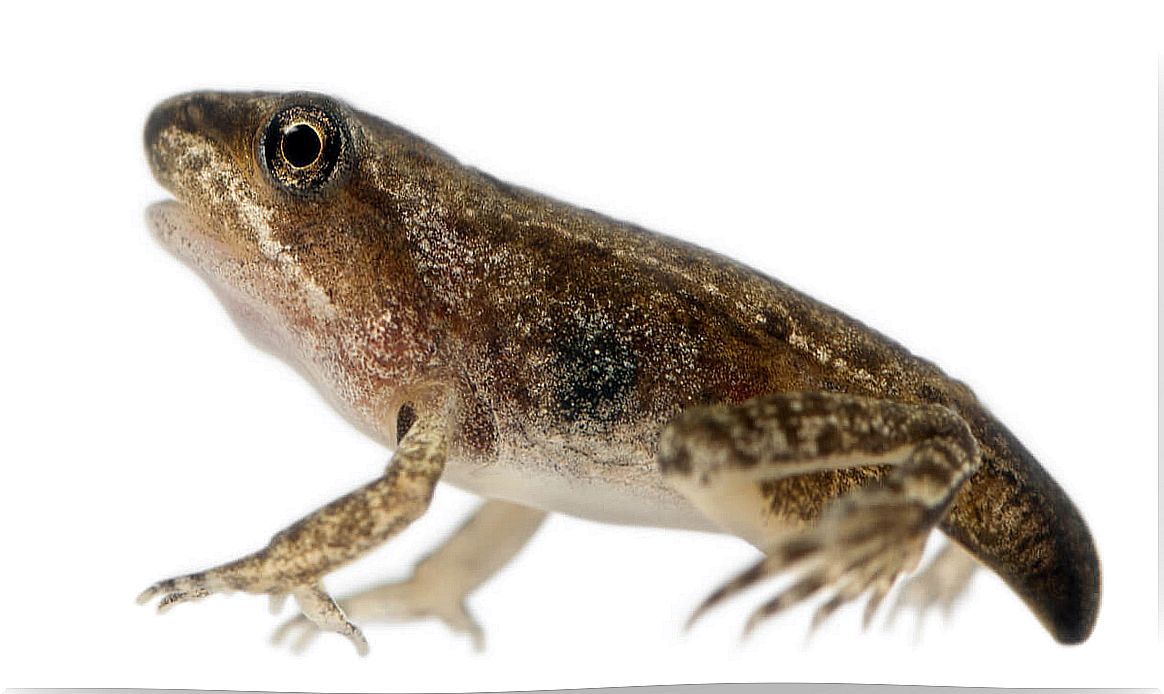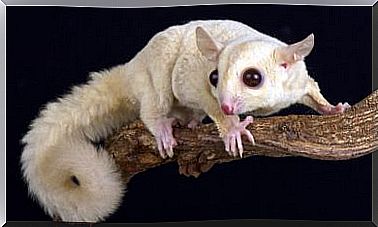How Is The Metamorphosis Of The Frog?

The metamorphosis of the frog is a fascinating process that has been extensively studied by scientists over the years. We all know that it is an essential part of the development of most amphibians – both anurans and caudates – but what underlying processes occur beyond morphological change in the tadpole?
Today we dissect the metamorphosis of amphibians from a physiological and hormonal point of view and, for this, we will make use of professional studies. Keep reading, because the information collected in the following lines will surprise you.
What is metamorphosis?
Metamorphosis is called a biological process by which an animal develops from birth to maturity through major structural and physiological changes. Unlike other living beings, the offspring that undergo metamorphosis not only increase their cells at the tissue level, but a differentiation process occurs in them.
Changes during the process
In the case of frogs and toads, the tadpole, which lives completely aquatic, transforms into an adult terrestrial or semi-aquatic specimen — in the usual way. This requires a series of essential morphological changes, since life on land presents a series of challenges very different from those in the aquatic environment.
The larvae lack eyelids and have cartilaginous skeletons, lateral line systems, gills for respiration, and a vertically flattened tail that they use for swimming. These structures are modified or lost during metamorphosis. Among the most substantial changes we find the following:
- Loss of pointed teeth – ideal for scraping vegetables on rocks, on which they feed.
- Regression of the gills and reabsorption of the swimming tail.
- Formation of the hind legs, followed by the forelegs and the creation of the dermal glands.
- Replacement of a cartilaginous skull for a bony one, with cephalic modifications adapted to hunting insects.
- Enlargement of the lungs and sensory organs for development on land.
We could go on listing changes for a long time, as it is estimated that a frog tadpole goes through a total of 46 phases before becoming an adult. Even so, we think the general idea is clear: the change of life on earth requires a series of drastic and fascinating modifications.

Question of hormones
As indicated by studies published in the journal Nature , the most important element for the metamorphosis of the frog is thyroid hormone (TH), the main regulator of post-embryonic biological metabolism in almost all vertebrates. For example, amphibian larvae fed on mammalian thyroid waste undergo early metamorphosis.
This clear relationship is also evidenced in the following way: if the thyroid gland is removed from a tadpole, it will never go through a metamorphosis process. In these cases, the larva grows continuously, but never develops into an adult form.
Here are some essential characteristics of thyroid hormone during this process:
- Thyroid hormone acts directly and locally. That is, it reacts in a specific and targeted way on the tissue that requires changes.
- The action of the thyroid hormone is determined by other hormones. Other substances, such as prolactin or exogenous corticosteroids, accelerate or inhibit the action of HT depending on their concentrations.
- Thyroid hormone receptors play an essential role in the morphological changes of metamorphosis.
Nor are we going to extend too much with biochemical mechanisms, as some terms are beyond the scope of information. Even so, one idea should be clear: the TH concentration modulates the changes that the frog larvae undergo during metamorphosis.
What happens when an amphibian does not undergo metamorphosis?
In a few caudate amphibians, such as the axolotl, the larvae remain in this state for life. Even so, they are able to reproduce and perform all the relevant vital functions: this phenomenon is known as neoteny. In these cases, the pituitary gland does not secrete the essential compounds to give rise to HT.
On the other hand, some frogs appear to be born complete, as if they had not metamorphosed. This is not the case, what happens is that they go through this process in the egg, a limited aqueous medium. As far as we know, there is no frog that naturally remains in the larval state for its entire life.

As we have been able to see in these lines, the metamorphosis of the frog holds many more secrets than at first you might think. From the hormonal action to the morphological changes that this entails, we are facing an impressive process like few others in nature.









